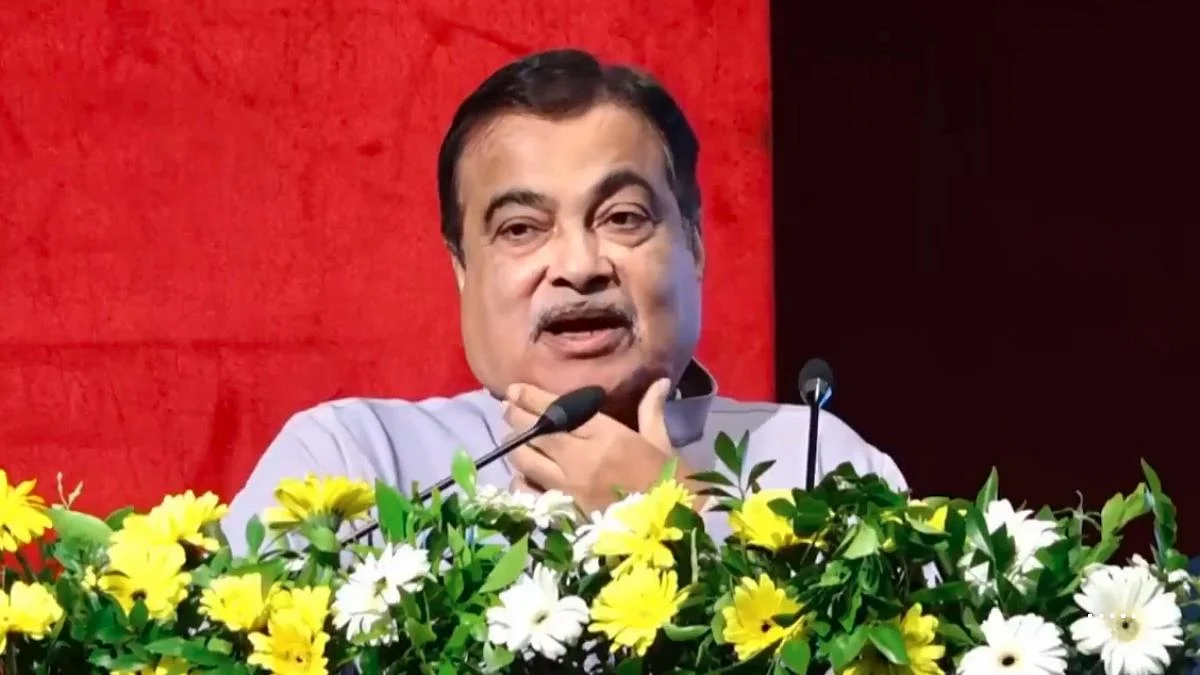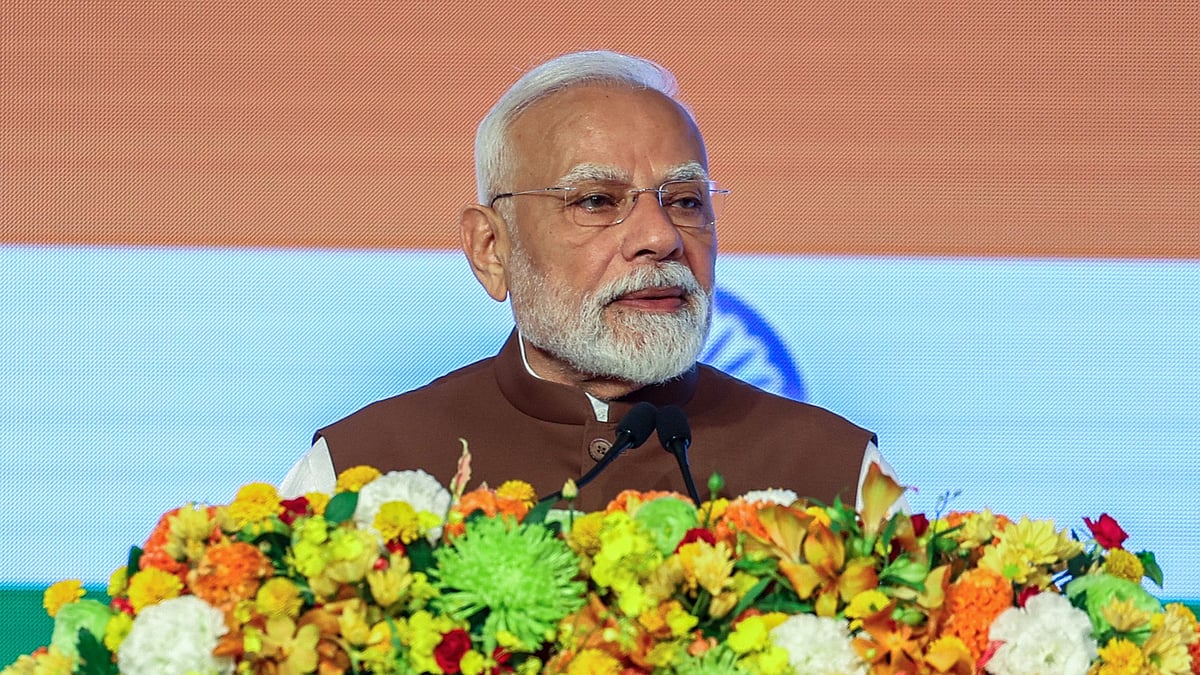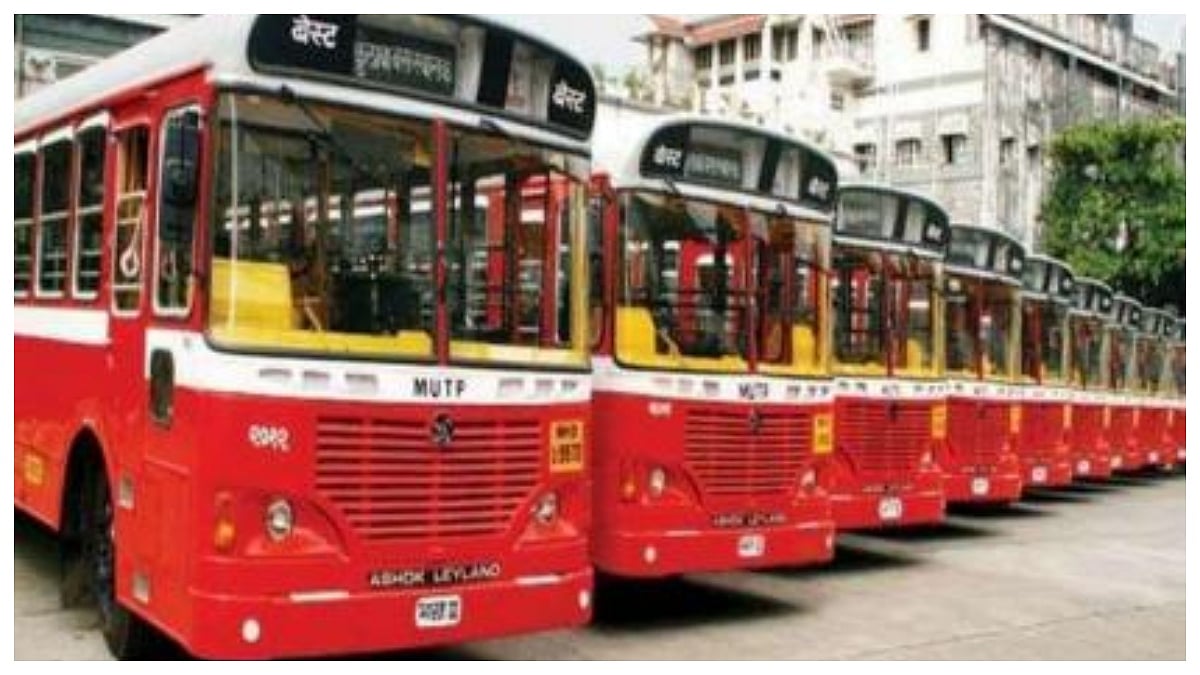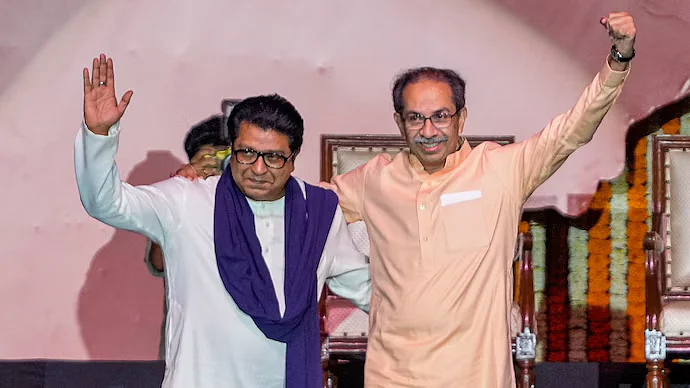Close-cropped hair, thin long cotton shorts with whiteprints-on-red, a schoolboy’s backpack strapped to shoulders behind a round-necked white T-shirt with blue sleeves, cheap blue sneakers, a faint bristle that hints at a moustache; the youth says he is 18 years of age. He is walking briskly after an early morning bus has dropped him a few kilometres from his destination. Between swigs of water from a plastic bottle, the youth — let’s call him Pradhan — says he is from Keonjhar, a mostly tribal district in Odisha. He is a non-tribal.
In Balasore in India’s east coast, it is the third of a five-day recruitment rally for Agniveers for the Indian Army being held in the grounds of the state’s Reserved Police lines. The rally began on Wednesday, Nov 1. It is unusually hot and sultry for this time of the year. A hot wind is coming in from the Bay of Bengal. Rain is forecast for the afternoon.
“I applied online and then appeared for the written exam before qualifying for the physicals” — the recruitment rally — says Pradhan, speaking in Odiya.
In this round of recruitment, the aspirants are mostly from 10 districts of the state — Nayagarh, Cuttack, Kendrapara, Jagatsinghpur, Bhadrak, Jajpur, Mayurbhanj, Baleswar, Puri and Keonjharh. On the first day of the rally, some 4,200 aspirants turned up. The army and the district administration have erected tents and temporary sheds for them because many would need to stay overnight.
If around 4,200 can be taken as a daily turnout — the figure is likely to be higher on Saturday and Sunday — there would be at least 21,000 who would be tested. The tests involve a five km run, push-ups and pull-ups and medicals — measurements of the chest during inhaling and exhaling in full, the shoulders and barefeet height.
The exact figure of those being selected is not made official. One supervisor said it would be around 2,600. The total number of those who applied from this central zone of the state in the area of responsibility of the army’s Eastern Command was more than 40,000. The eligibility for application is that the candidates must be able-bodied males between 17.5 and 21 years in age.
Pradhan, sweat dripping over the faint bristle, is a little early and knows that there would be a queue to enter the police lines. A bamboo gate covered with pink cloth has been erected at the entrance. Across the top is a white banner that proclaims in bold blue lettering in English that the rally is being hosted by the Odisha government. Traffic outside is regulated by the state police. The Military Police in new ‘digital disruptive’ battle fatigues at the gate ensure that only eligible candidates and authorised supervisors are permitted into the grounds.
It is precisely eight days since another young man with a faint bristle for a moustache became the first battle casualty among the Agniveers, the Narendra Modi government’s new enlistment scheme into the soldiery. Akshay Laxman Gawate was from the other side of the country, Maharashtra. He fell in the line of duty in the harsh Siachen Glacier on October 26, his place of first posting. He was from the first batch of Agniveers whose induction began this July after six months of training.
Five days before that his coursemate Amritpal Singh from Punjab died of a gunshot injury, said to be self-inflicted and therefore not a “battle casualty”, in Jammu on October 21.
The deaths have resulted in a political slugfest, with Rahul Gandhi emphasising repeatedly that the Agnipath scheme was shortchanging youth. There was no recruitment of soldiers below officer rank for nearly three years. And the Agniveers were guaranteed employment for only four years. In the scheme announced in June last year only 25% of the recruits would be considered for re-employment as new recruits after four years. Agniveers would be entitled to benefits that compare poorly with what has been currently existing.
Tracking the life of a soldier who was a battle fatality, I was in Belghoria in West Bengal’s Birbhum District in May this year. Sepoy Rajesh Orang (‘The soldier who ran like the wind’) was killed on June 15 in Eastern Ladakh’s Galwan River Valley in the deadliest clash between Indian and Chinese soldiers in 58 years since 1962. (The tensions continue to this day). Rajesh Orang was one of the 20 Indian soldiers who was killed. Three years later, this mother was drawing his pension, his kuccha house in the village that was unfinished at the time he fell was a two-storey concrete house, his younger sister was holding a state government job as a class IV employee. Two days before I met them the army station at Panagarh in Burdwan district had driven them to their canteen stores department so they could buy subsidised provisions, and they had ensured his physically debilitated father was able to afford relatively decent medical treatment. They ensured that Sepoy Orang’s gratuity and insurance cover was delivered to the right hands and not misused. The state administration has commemorated him. The tribal family is tragedy-struck, but it now has a modicum of security for life even though it has come at terrible cost.
In June, an officer who was commanding a formation on the China frontier said they were just preparing to receive the first batch of Agniveers, to train whom “we have deployed our best instructors”.
A soldier recruited into an infantry battalion — and, to be sure, the infantry is the largest and the cutting-edge of the combat arms across all armed forces — would be trained for at least 15 months before being inducted into the field. Agniveers have a training period of six months. Sure, training continues even after induction — the suspicion on skillsets and camaraderie in the ranks will, however, be a big if.
That is just one of the issues. Another is the idea that four years from now, in 2027, your pizza delivery boy might know how to fire an AK but not to shoot straight. And we are not even talking foreign policy in the battlefield or with Nepal — which has banned recruitment of its Gorkhas into the Indian Army, but from where the private military company Wagner is hiring mercenaries.
The biggest tragedy is that we may end up blaming that young boy with a faint hint of a moustache.
Sujan Dutta is a journalist based in Delhi. He tweets from @reportersujan










